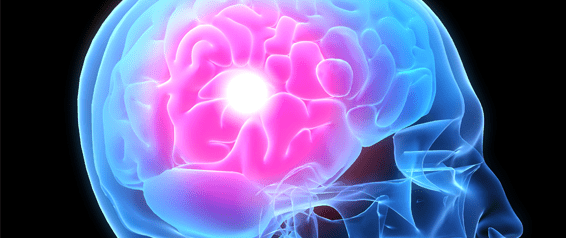Methods from optogenetics and machine learning should help improve treatment options for stroke patients. Researchers from Heidelberg University have developed a computer vision technique to analyze the changes in motor skills that result from targeted stimulation of healthy areas of the brain. Movements recorded with a video camera are automatically analyzed to monitor the rehabilitation process and evaluate and adjust the optogenetic stimulation. Researchers from the Interdisciplinary Center for Scientific Computing (IWR) in Heidelberg worked with neurobiologists from Switzerland to develop the method.
Along with speech and vision problems, motor paralyzes are the most common symptoms post-stroke. According to lead author Dr Dr Anna-Sophia Wahl, a neuroscientist at the Swiss Federal Institute of Technology (ETH) in Zurich, neurorehabilitation is the only treatment option for the majority of stroke victims. “Many approaches in basic science and in the clinic aim to trigger regeneration processes post-stroke by stimulating healthy brain regions of indeterminate size. However, we use optogenetics to systematically stimulate certain unaffected areas of the brain so that they sprout connections into the damaged hemisphere in order to assume its functions.” So-called corticospinal circuits from the cerebral cortex to the spinal cord are specifically activated.


